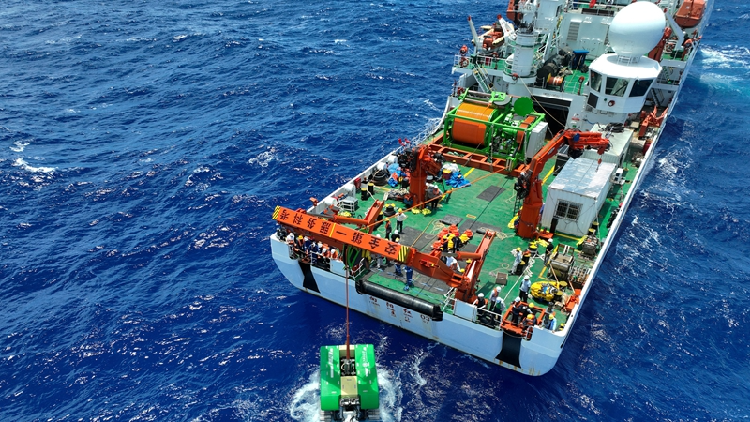Eliminating Harmful 'Forever Chemicals'

In the fight against pollution, 'forever chemicals,' particularly PFAS (per- and polyfluoroalkyl substances), have emerged as a pressing concern. Known for their widespread use in everyday products such as non-stick cookware and waterproof clothing, these synthetic compounds resist degradation and can persist in the environment for decades. With mounting evidence linking PFAS exposure to serious health risks like cancer and reproductive issues, understanding how to eliminate these substances has never been more critical for public health and environmental safety.
PFAS are notorious for their strong carbon-fluorine bonds, making them incredibly stable and resistant to natural breakdown processes. Currently, management techniques commonly involve either long-term landfill storage or incineration, both of which can be ineffective or pose their own ecological hazards. Fortunately, companies in the clean technology sector are developing innovative methods to destroy PFAS. Techniques like electrochemical oxidation (EO) use electrical currents to break down these chemicals in contaminated water, while supercritical water oxidation (SCWO) applies high heat and pressure to convert PFAS waste into harmless substances. For instance, Axine Water Technologies has successfully implemented EO methods at an automotive supplier's facility, showing promise for widespread application.
Real-world applications illustrate the potential impact of these technologies. In Florida, 374Water is piloting SCWO technology at Orlando's largest treatment plant, aiming to process PFAS waste efficiently. Despite the technological advancements, regulatory frameworks still lag behind; cities must prepare for future regulations targeting PFAS in sludge and drinking water. The urgent challenge remains: how can we scale these solutions to deal with the significant, ongoing contamination of land and water? Furthermore, as the demand for PFAS in industries like semiconductor manufacturing grows, it raises critical questions about balancing economic needs with environmental responsibility. Protecting both public health and ecosystems demands ongoing research and innovation as preventive measures against 'forever chemicals'.
Read These Next

China's Deep-Sea Mining Vehicle Reaches Record Depth of 4102.8 Meters
China's heavy-duty deep-sea mining vehicle, Pioneer II, has successfully dived over 4,000 meters, showcasing advanced technology.

Windows 11 Update: Software-Hardware Issues Arise
Critical commentary on recent Windows 11 updates possibly causing HDD/SSD failures, emphasizing the importance of software-hardware compatibility and user safety.

Long March 1 Rocket Launch: China's Milestone
Commentary on the successful launch of the Long March 1 rocket, highlighting its impact on China's commercial space industry and future implications.
